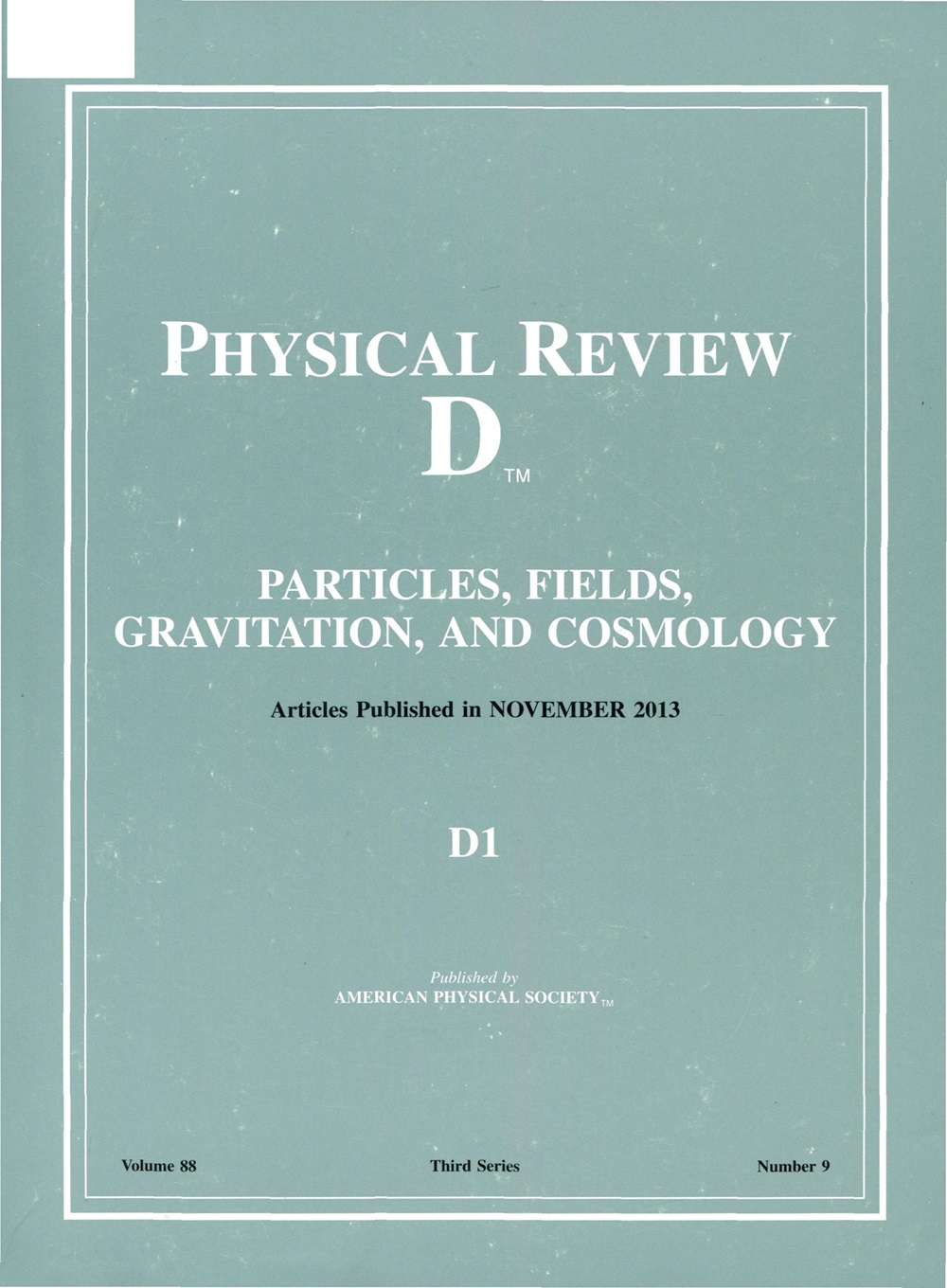Signal-preserving CMB component separation with machine learning
IF 5
2区 物理与天体物理
Q1 Physics and Astronomy
引用次数: 0
Abstract
Analysis of microwave sky signals, such as the cosmic microwave background, often requires component separation using multifrequency methods, whereby different signals are isolated according to their different frequency behaviors. Many so-called blind methods, such as the internal linear combination (ILC), make minimal assumptions about the spatial distribution of the signal or contaminants, and only assume knowledge of the frequency dependence of the signal. The ILC produces a minimum-variance linear combination of the measured frequency maps. In the case of Gaussian, statistically isotropic fields, this is the optimal linear combination, as the variance is the only statistic of interest. However, in many cases the signal we wish to isolate, or the foregrounds we wish to remove, are non-Gaussian and/or statistically anisotropic (in particular for the case of Galactic foregrounds). In such cases, it is possible that machine learning (ML) techniques can be used to exploit the non-Gaussian features of the foregrounds and thereby improve component separation. However, many ML techniques require the use of complex, difficult-to-interpret operations on the data. We propose a hybrid method whereby we train an ML model using only combinations of the data that , and combine the resulting ML-predicted foreground estimate with the ILC solution to reduce the error from the ILC. We demonstrate our methods on simulations of extragalactic temperature and Galactic polarization foregrounds and show that our ML model can exploit non-Gaussian features, such as point sources and spatially varying spectral indices, to produce lower-variance maps than ILC—e.g., reducing the variance of the B-mode residual by factors of up to 5—while preserving the signal of interest in an unbiased manner. Moreover, we often find improved performance even when applying our ML technique to foreground models on which it was not trained.求助全文
约1分钟内获得全文
求助全文
来源期刊

Physical Review D
物理-天文与天体物理
CiteScore
9.20
自引率
36.00%
发文量
0
审稿时长
2 months
期刊介绍:
Physical Review D (PRD) is a leading journal in elementary particle physics, field theory, gravitation, and cosmology and is one of the top-cited journals in high-energy physics.
PRD covers experimental and theoretical results in all aspects of particle physics, field theory, gravitation and cosmology, including:
Particle physics experiments,
Electroweak interactions,
Strong interactions,
Lattice field theories, lattice QCD,
Beyond the standard model physics,
Phenomenological aspects of field theory, general methods,
Gravity, cosmology, cosmic rays,
Astrophysics and astroparticle physics,
General relativity,
Formal aspects of field theory, field theory in curved space,
String theory, quantum gravity, gauge/gravity duality.
 求助内容:
求助内容: 应助结果提醒方式:
应助结果提醒方式:


